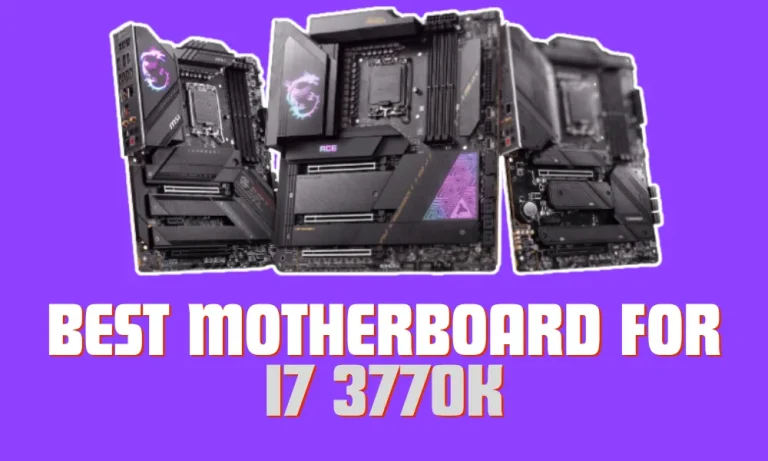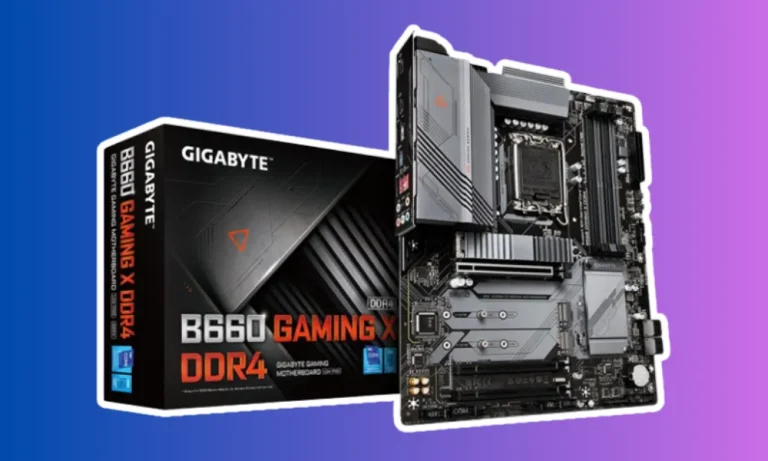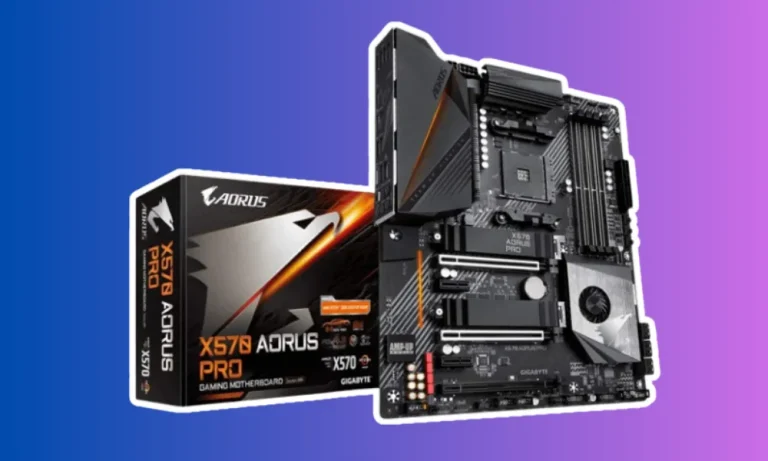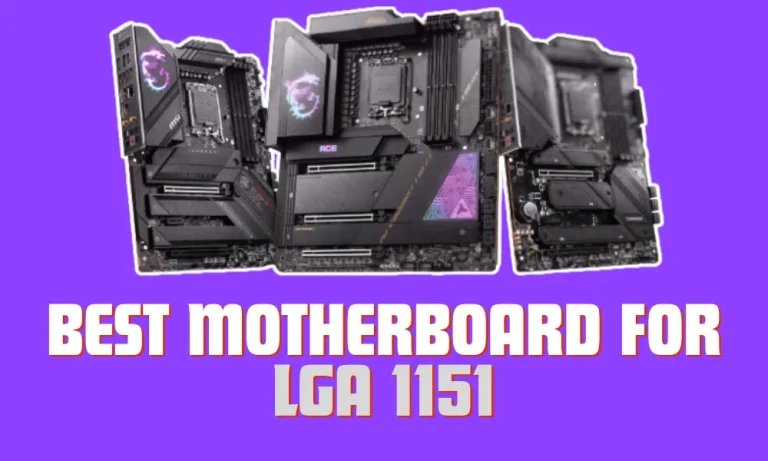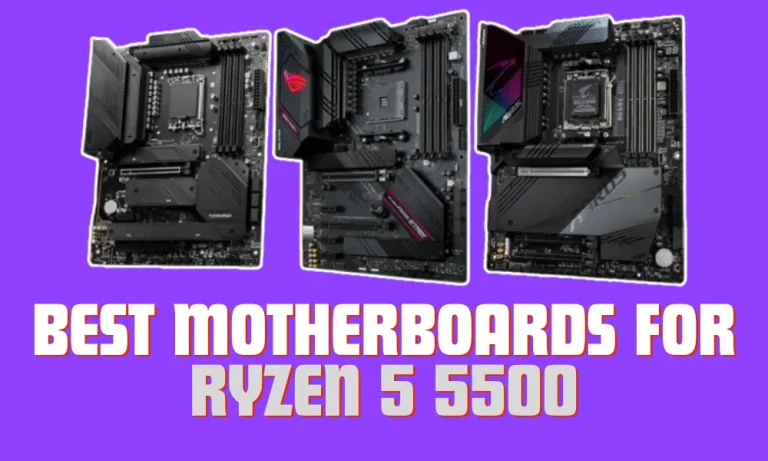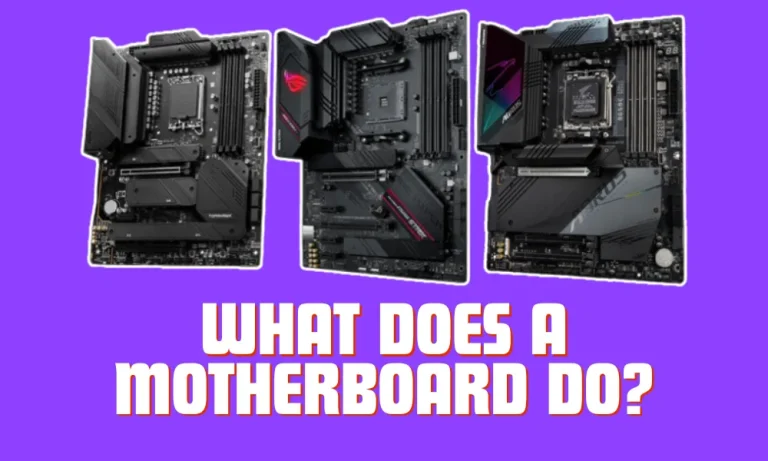How To Enable Motherboard HDMI?
HDMI is a crucial feature that allows you to connect your computer to a display effortlessly. But what if your motherboard’s HDMI remains dormant? No worries! In this guide, we’ll walk you through the simple steps to enable motherboard HDMI, ensuring you enjoy seamless connectivity and an immersive visual experience. Let’s dive in!
Checking Hardware Requirements
When it comes to enabling HDMI on your motherboard, it’s crucial to ensure that your hardware meets the necessary requirements.
Checking if Your Motherboard Supports HDMI
To determine if your motherboard supports HDMI, you can follow these simple steps:
- Consult the motherboard manual: Check the documentation that came with your motherboard. Look for specifications that mention HDMI support.
- Online research: Visit the manufacturer’s website and search for your motherboard model. Look for the product specifications or features list, which should mention HDMI support.
- Visual inspection: Physically examine your motherboard for an HDMI port. It typically resembles a trapezoid-shaped connector with multiple pins inside.
Understanding HDMI Generations and Compatibility
HDMI technology has evolved over the years, with different generations offering varying capabilities. The most common HDMI generations include 1.4, 2.0, and 2.1. Here’s a brief overview of their compatibility with motherboards:
- HDMI 1.4: This generation supports resolutions up to 4K at 30Hz and offers basic 3D support. Most motherboards that feature HDMI ports will support HDMI 1.4.
- HDMI 2.0: With support for up to 4K at 60Hz and enhanced 3D capabilities, HDMI 2.0 is ideal for demanding multimedia applications. However, not all motherboards will have HDMI 2.0 ports, so it’s important to check the specifications.
- HDMI 2.1: The latest HDMI generation provides even higher resolutions, refresh rates, and features like Variable Refresh Rate (VRR). Currently, only a few motherboards support HDMI 2.1, and they are typically found in high-end models.
Identifying the HDMI Port on Your Motherboard
Locating the HDMI port on your motherboard is fairly straightforward. Look for a rectangular port on the rear I/O panel of your computer. It is usually labeled “HDMI” and may be accompanied by other ports like USB, Ethernet, or audio jacks.
Updating Graphics Drivers
Having up-to-date graphics drivers is essential for ensuring optimal HDMI functionality on your computer.
The Importance of Up-to-Date Graphics Drivers
Up-to-date graphics drivers are crucial for HDMI functionality because they often include bug fixes, performance improvements, and compatibility enhancements. These updates ensure that your graphics card can communicate effectively with your HDMI port, allowing for a seamless audio and video experience.
Updating Graphics Drivers on Different Operating Systems
Here’s a step-by-step guide on how to update graphics drivers on various operating systems:
Windows:
- Press the Windows key + X and select “Device Manager” from the menu.
- Expand the “Display adapters” category and right-click on your graphics card.
- Select “Update driver” and choose the option to search automatically for updated driver software.
- Follow the on-screen instructions to complete the driver update process.
macOS:
- Click on the Apple menu and select “System Preferences.”
- Choose “Software Update” and let macOS check for any available updates.
- If a graphics driver update is available, click “Update” to install it.
Linux:
- Open the terminal and enter the command that corresponds to your distribution:
- Ubuntu/Debian: sudo apt update && sudo apt upgrade
- Fedora: sudo dnf update
- Arch Linux: sudo pacman -Syu
- Enter your password if prompted and let the system update your graphics drivers along with other software.
Accessing BIOS/UEFI Settings
Accessing the BIOS/UEFI settings is necessary to enable HDMI functionality on your motherboard.
The Need to Access BIOS/UEFI Settings
The BIOS (Basic Input/Output System) or UEFI (Unified Extensible Firmware Interface) settings control various hardware configurations on your computer, including the HDMI functionality of your motherboard.
By accessing these settings, you can ensure that the HDMI port is enabled and configured correctly.
Accessing BIOS/UEFI Settings on Different Computer Brands/Models
Here are the general steps to access the BIOS/UEFI settings on different computer brands/models:
1. Dell:
- Restart your computer and repeatedly press the F2 key or Del key until the BIOS/UEFI setup screen appears.
2. HP:
- Restart your computer and press the Esc key or F10 key to enter the startup menu.
- From the startup menu, select the BIOS/UEFI setup option.
3. Lenovo:
- Restart your computer and press the F1 key or F2 key to enter the BIOS/UEFI setup.
4. ASUS:
- Restart your computer and press the F2 key or Del key to access the BIOS/UEFI setup.
5. Acer:
- Restart your computer and press the F2 key or Del key to enter the BIOS/UEFI setup.
Enabling HDMI and Additional Settings
Once you’re in the BIOS/UEFI settings, navigate through the menus using the arrow keys and locate the settings related to HDMI or display configuration.
These settings may vary depending on your computer’s brand and model. Look for options such as “Onboard Graphics,” “Primary Display,” or “HDMI Port.” Ensure that the HDMI option is enabled or set as the primary display output.
FAQs: How to Enable Motherboard HDMI
How do I access the BIOS/UEFI settings to enable motherboard HDMI?
Restart your computer and look for the key to enter the BIOS/UEFI setup, typically displayed during boot (e.g., F2, Del, Esc). Once inside, navigate to the “Integrated Peripherals” or “Onboard Devices” section and enable the HDMI option.
My motherboard doesn’t have HDMI port, can I still enable motherboard HDMI?
No, if your motherboard doesn’t have an HDMI port, you won’t be able to enable motherboard HDMI. However, you can consider using a dedicated graphics card that supports HDMI for video output.
I’ve enabled motherboard HDMI, but I’m still not getting any signal. What should I do?
Ensure that the HDMI cable is securely connected to both the motherboard and the display. Confirm that the display is set to the correct input source. If the problem persists, try using a different HDMI cable or connecting to a different display to rule out any hardware issues.
Can I enable motherboard HDMI if I’m using a graphics card?
Yes, if your graphics card is connected to the motherboard, you can usually enable motherboard HDMI to use the integrated graphics. However, keep in mind that the HDMI output may be disabled when a graphics card is installed.
What if I can’t find the HDMI option in the BIOS/UEFI settings?
If you can’t find the HDMI option in the BIOS/UEFI settings, it’s possible that your motherboard doesn’t support HDMI or the option may be located under a different section. Refer to your motherboard’s manual or visit the manufacturer’s website for specific instructions on enabling HDMI for your model.
Conclusion
Enabling motherboard HDMI is a straightforward process that can enhance your audio and video experience. By accessing the BIOS/UEFI settings and ensuring the HDMI option is enabled, you can solve common HDMI issues.
If problems persist, troubleshooting tips like checking cables and display settings can help. Empower yourself with these steps to unlock the full potential of your motherboard’s HDMI capabilities.

